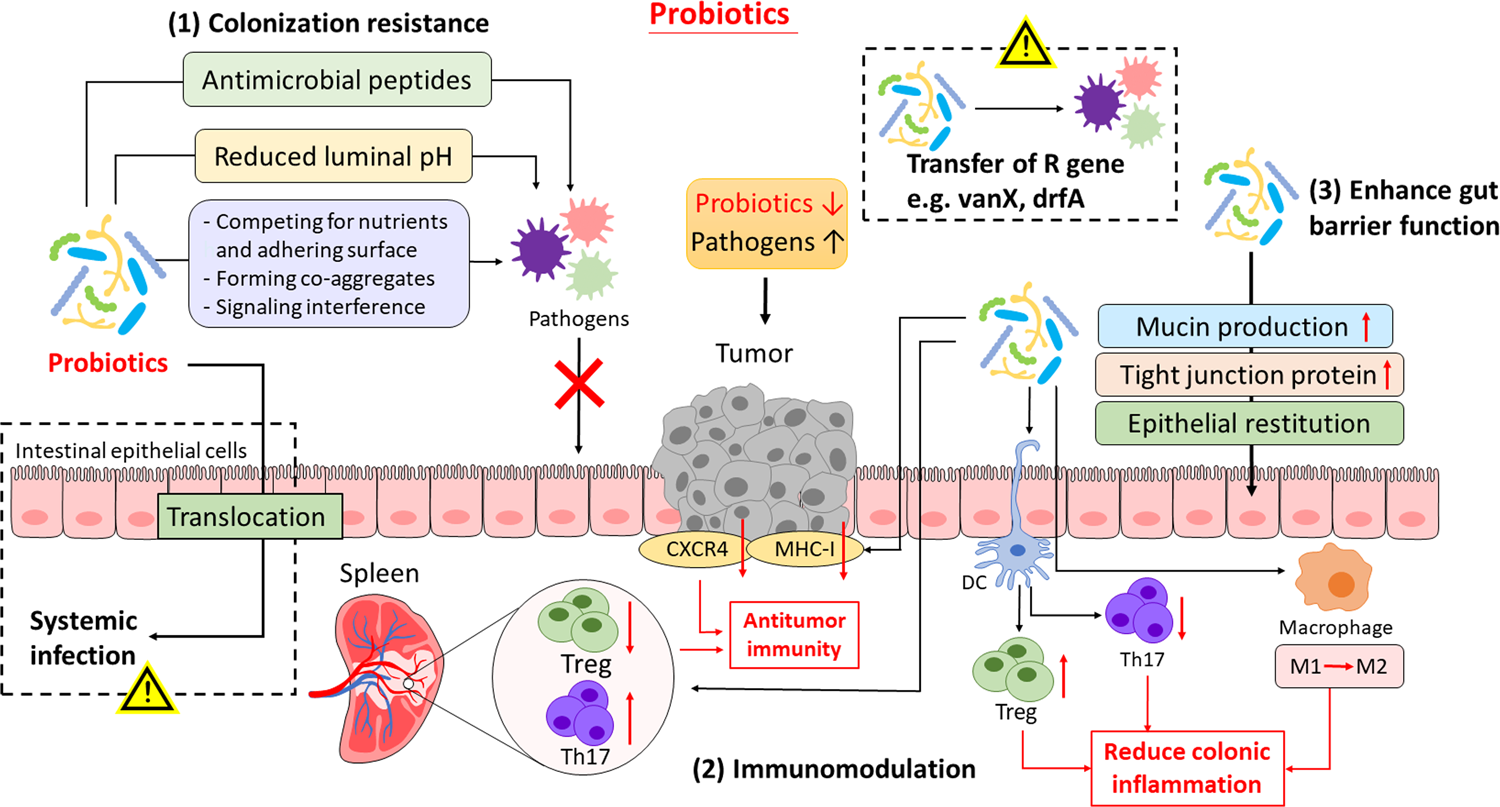
Whereas the sufficiency of these baseline replication error rates to account for carcinogenesis remains a subject of debate ( Beckman and Loeb, 2006 Tomasetti and Vogelstein, 2015 Tomlinson et al., 1996), many tumors display increased mutation rates, due to either increased external or internal mutagen exposure. Owing to the constant turnover of tumor cells and the large size of tumor cell populations, some of these stochastic mutational hits inevitably affect genes with known cancer relevance, leading to the activation of oncogenes and inactivation of tumor suppressors.

Every time a cell divides, a few mutational errors in the form of nucleotide substitutions and small deletions are introduced even in the absence of internal and external mutagens ( Zhang and Vijg, 2018). Discovering tumor-associated genetic mutations and interrogating their functional and clinical impact has been the major focus of cancer research over the last few decades, and the recent revolution in DNA sequencing technologies enabled an outpour of studies documenting startling intratumor genetic heterogeneity.Įven though eukaryotic cells replicate their DNA with astounding fidelity, the mechanism is not entirely error-free.

Despite mounting challenges, gene and mutation-centric focus remains at the core of molecular oncology, and the majority of cancer researchers would probably still agree with the famous statement by Bert Vogelstein: “The revolution in cancer research can be summed up in a single sentence: cancer is, in essence, a genetic disease” ( Vogelstein and Kinzler, 2004). Genetic heterogeneity is the most studied and best understood aspect of intratumor heterogeneity (ITH), although our understanding is still far from being sufficiently complete ( McGranahan and Swanton, 2017). Intratumor heterogeneity represents integration of inputs from genetic, phenotypic, and microenvironmental heterogeneity, in turn increasing the odds of both pre-existence of tolerant and resistant subpopulations, and the ability to evolve new adaptations. Finally, we outline potential strategies to improve therapeutic outcomes by directly targeting intratumor heterogeneity. In this review, we discuss the sources of intratumor heterogeneity and approaches to capture and account for it during clinical decision making. Acquired resistance is the direct consequence of pre-existing intratumor heterogeneity and ongoing diversification during therapy, which enables some tumor cells to survive treatment and facilitates the development of new therapy resistant phenotypes. Even though immune-based therapies are more likely to achieve complete cures, acquired resistance remains an obstacle to their success as well. Unfortunately, most advanced cancers, including those with robust initial responses, eventually acquire resistance to targeted therapies and relapse. These therapies often induce dramatic responses in susceptible tumors. Advances in our understanding of molecular mechanisms of tumorigenesis have translated into knowledge-based therapies directed against specific oncogenic signaling targets.


 0 kommentar(er)
0 kommentar(er)
